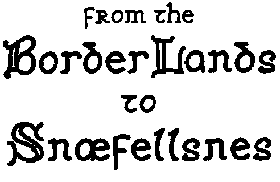
from the Borderlands to Snæfellsnes
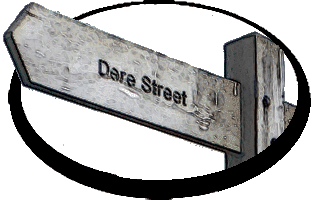

18 October 2013
The North Atlantic Arc Home
| October | November |
| S | M | T | W | T | F | S |
| 4 | 5 | |||||
| 6 | 7 | 8 | 9 | 10 | 11 | 12 |
| 13 | 14 | 15 | 16 | 17 | 18 | 19 |
| 20 | 21 | 22 | 23 | 24 | 25 | 26 |
| 27 | 28 | 29 | 30 | 31 | 1 | 2 |
| 3 | 4 | 5 | 6 |
 |
|
Friday 18 October 2013--Moving day, headed to Seahouses. It's about
twenty miles, so I have time to wander. As I head off in the opposite direction, I
feel some regret about passing on Alnwick Castle and Gardens. Why else was
I here? Another time, I guess, when I will be mentally prepared for the expense.
Back roads lead me southwest across the countryside, descending finally into Coquetdale. It's a pretty valley, even on a gray day. I've been thinking about turning northwest into the upper reaches of the dale, where I could have another look at the Roman earthworks at Chew Green. I'll save that trip for better weather. Drive down the dale instead, stopping in Rothbury, Coquetdale's largest inland town, for a walkabout. It's a handsome place, grown up around a significant crossroads, a market town for more than 700 years. These days it's a popular staging point for walkers. The best-known tourist site locally is Cragside, the former home of the industrialist Lord Armstrong, innovator of hydraulic machinery and apparently conscienceless munitions manufacturer--the very same who, very late in life, restored Bamburgh Castle for a summer home. Armstrong and his wife are buried in the Rothbury churchyard. It is perhaps worth noting that the Armstrongs were one of the more notorious clans in the Scottish border region, with lands in Liddesdale, west of the area I've recently explored. Legend has it that the clan originated with a fellow named Fairbairn, who saved the life of his king in combat. He scooped the fully- armored king, whose horse had fallen beneath him, up onto his own horse with one arm, earning the name Sir Strong Arm. As it was with most Borders families, their relationship with the crown was shaky, as sovereignty over the borderlands was fluid at best. In 1530, James V, intent on bringing the border clans to heel, requested a meeting with John Armstrong, who traveled under protection of a royal writ of safe passage. James then betrayed Armstrong and had him hanged. The Armstrongs subsequently withheld their support at the Battle of Solway Moss in 1542, which the Scots lost badly. The Armstrongs knew the Moss well, and their help would have been critical. James V died two weeks later at age 30, making his six-day-old daughter Mary, Queen of Scots. The Rough Wooing, Henry's attempt to bludgeon the Scots into accepting union via the marriage of Mary and his son, Edward, ensued. In 1610, the Armstrong clan chieftain was hanged as a rebel, and his son fled to Cumbria without inheriting his title. The chieftaincy remains vacant to this day. The clan dispersed, with Armstrongs going to England, the Ulster Plantations, the Netherlands, and America. One went as far as the moon. I leave Rothbury and drive north, past Alnwick, arriving in Seahouses at 3:00. Nap, then dinner at the Bamburgh Castle Inn and pints at the Olde Ship. Next |
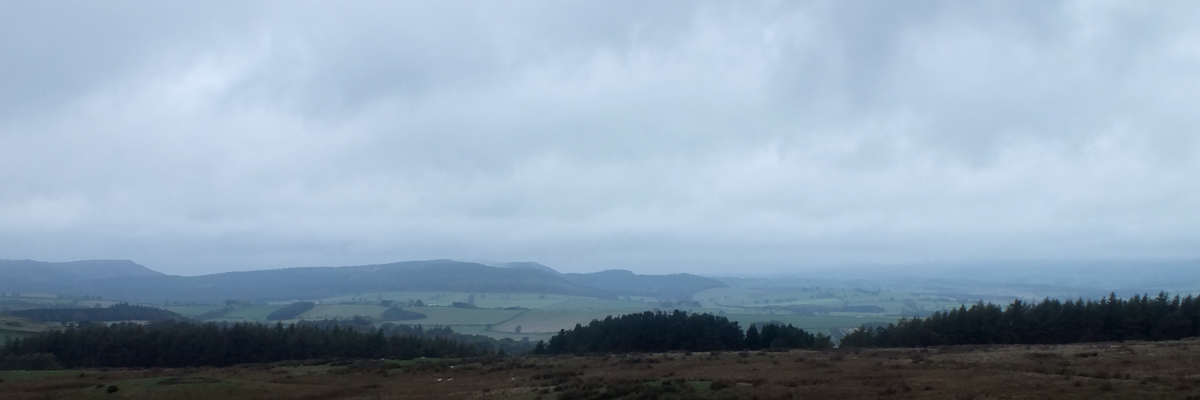 |
Along The River Aln
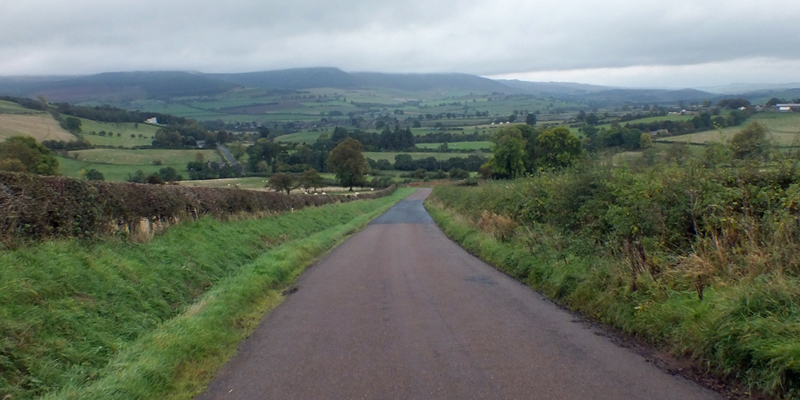 |
Coquetdale
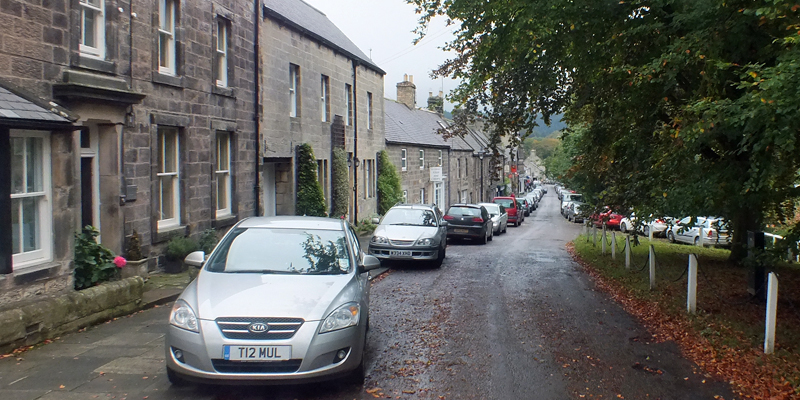 |
Rothbury
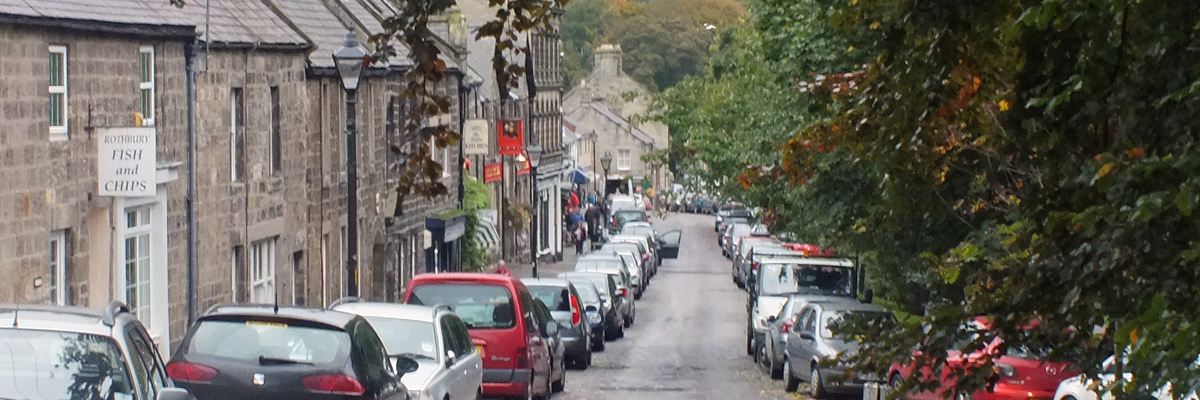 |
Rothbury
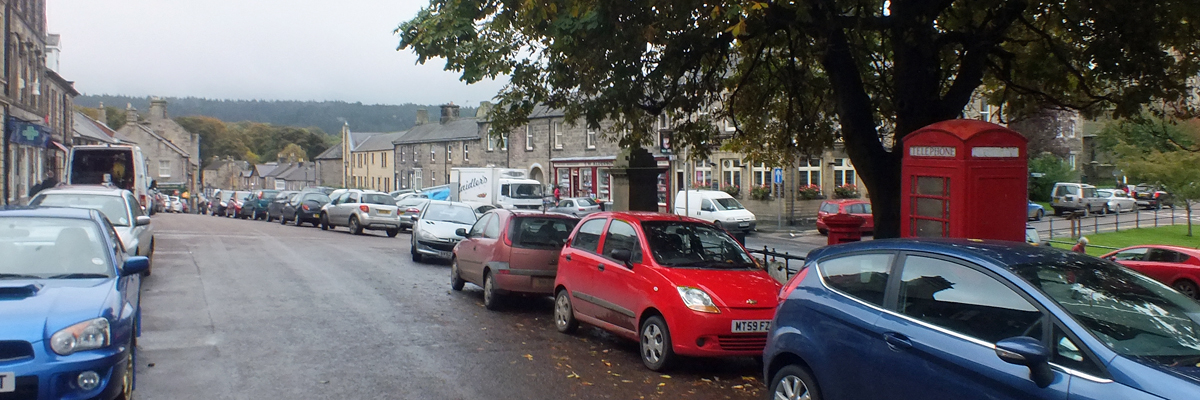 |
Rothbury
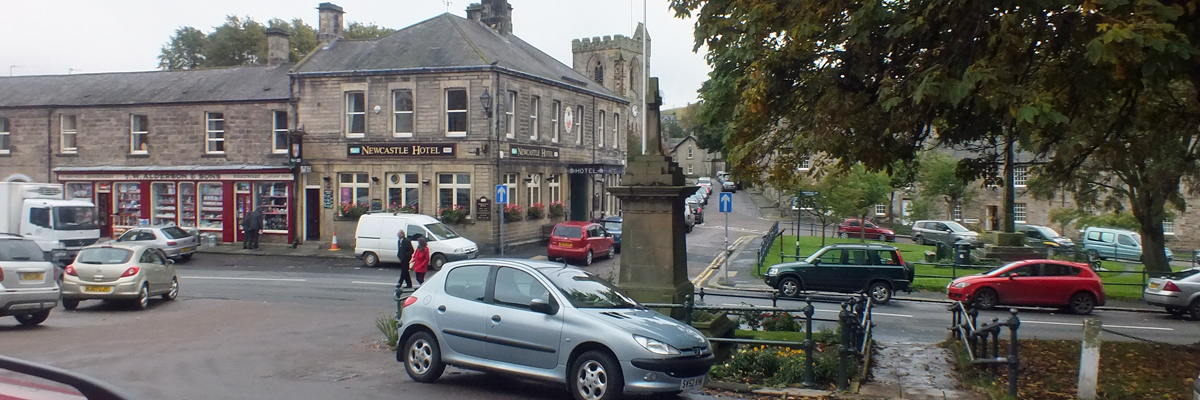 |
Rothbury
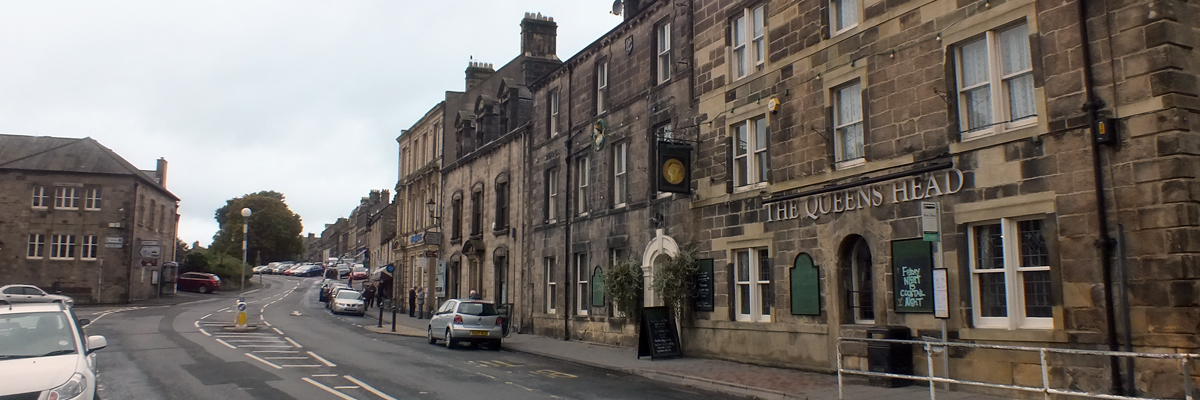 |
Rothbury
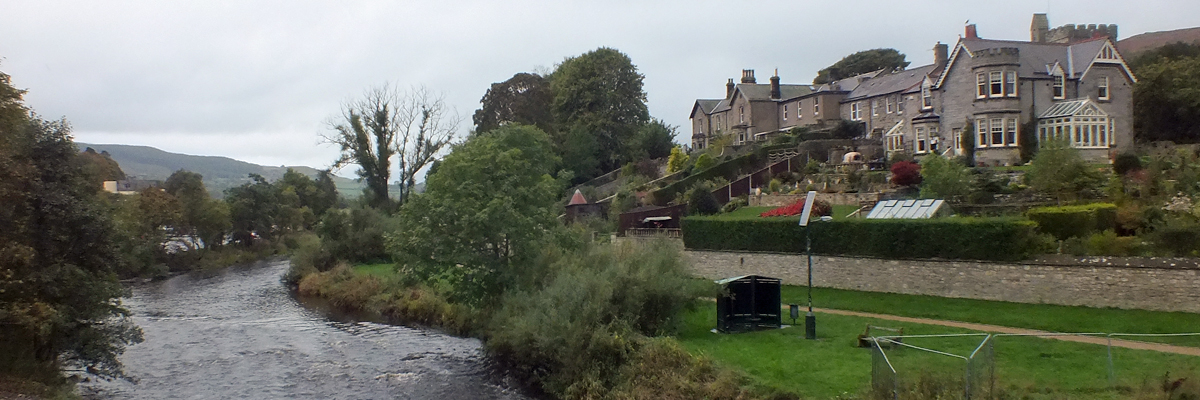 |
Rothbury
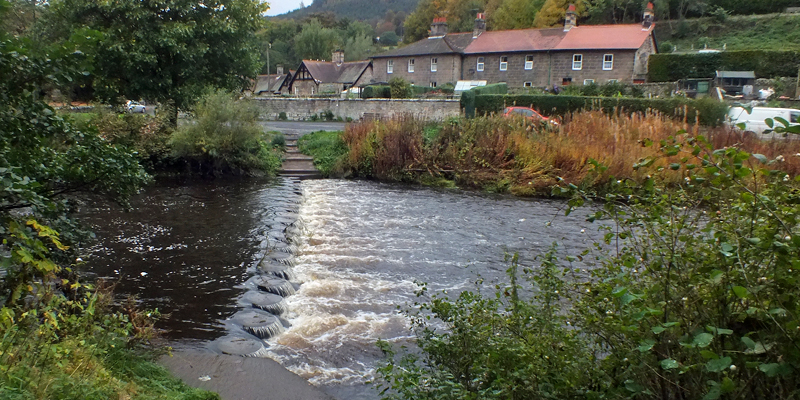 |
Rothbury
 |
Rothbury
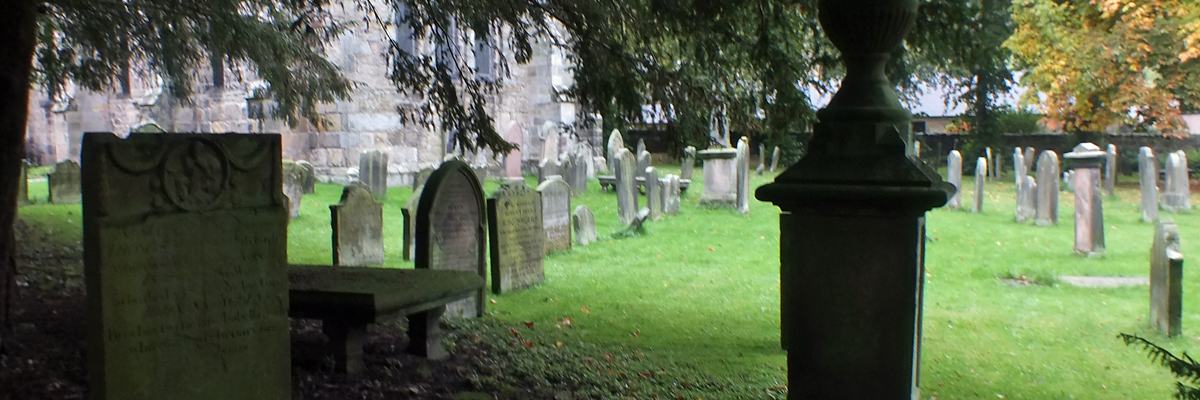 |
Rothbury
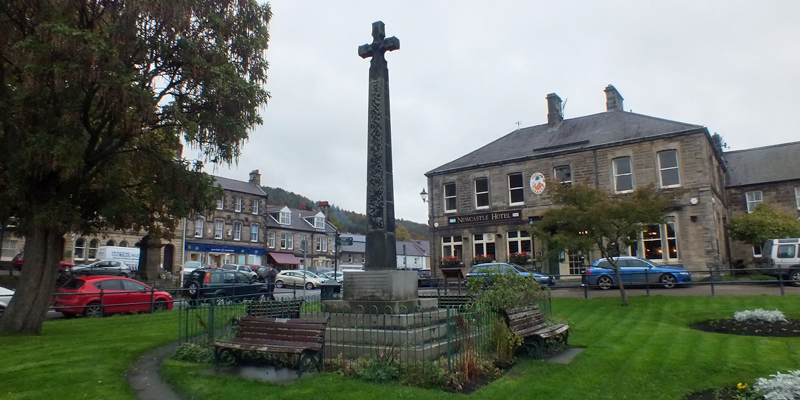 |
Rothbury
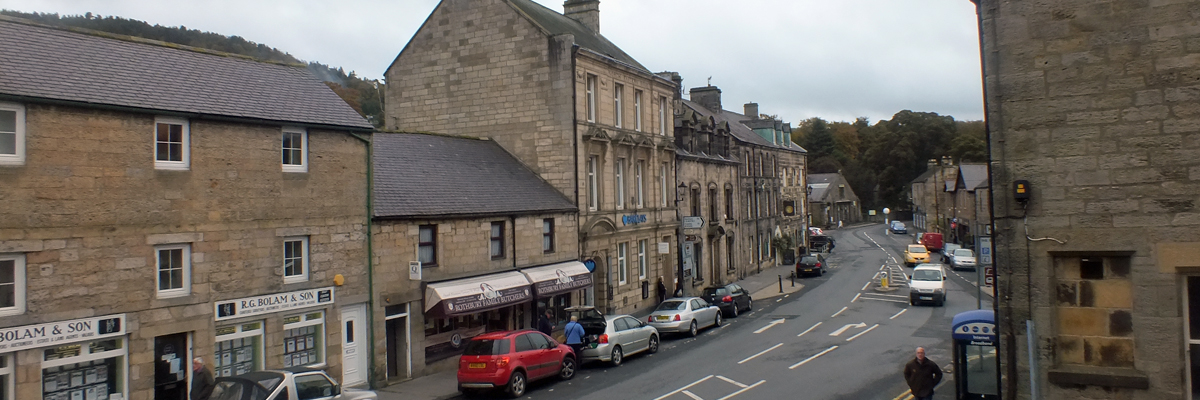 |
Rothbury
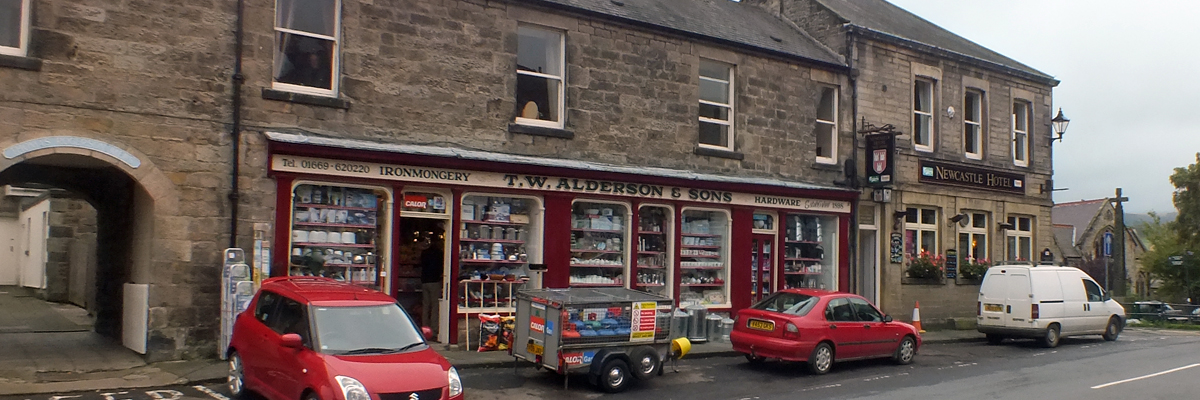 |
Rothbury
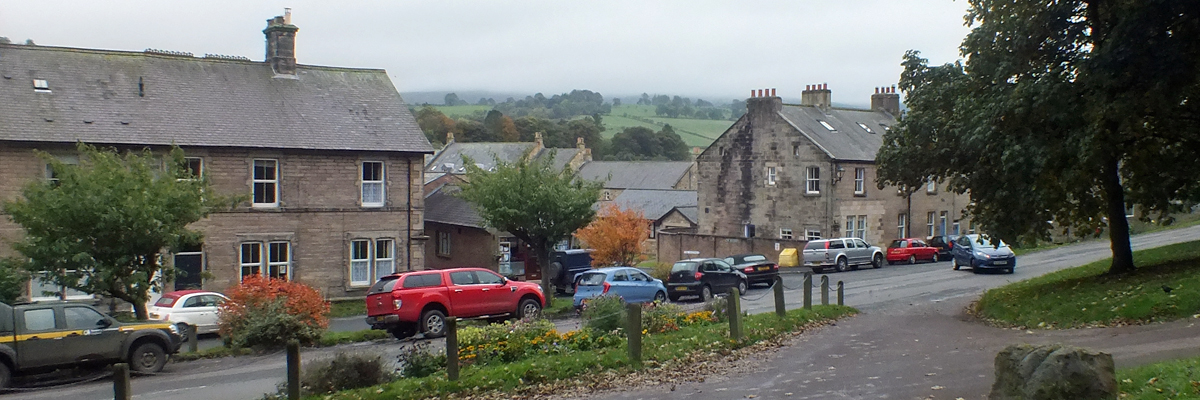 |
Rothbury
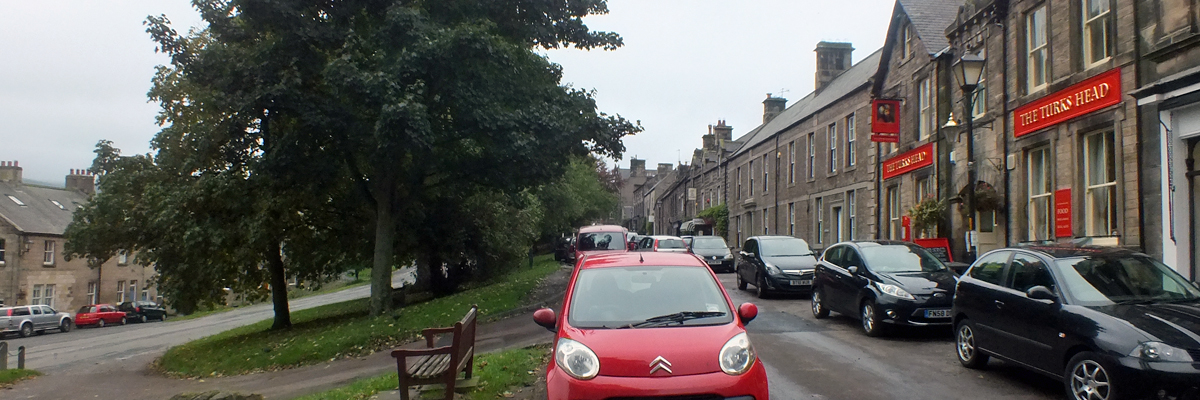 |
Rothbury
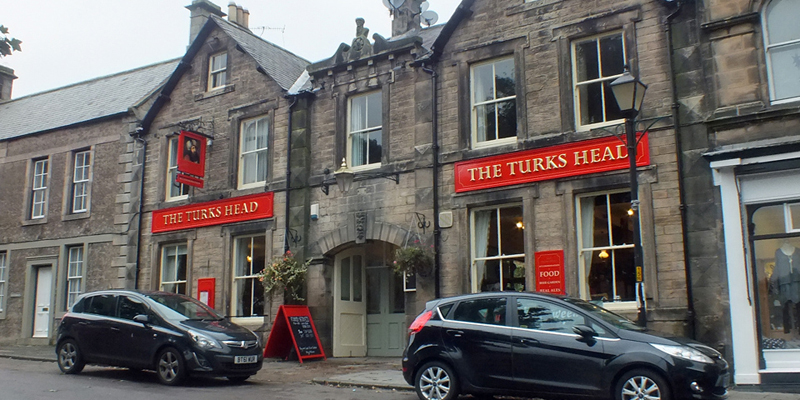 |
The Turks Head
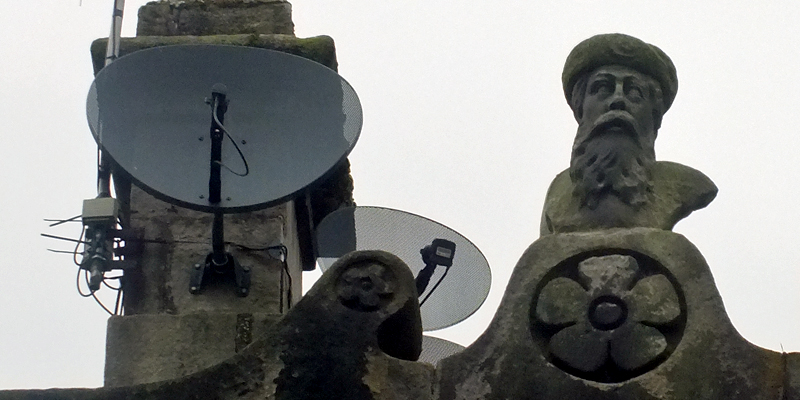 |
The Turk Dishes
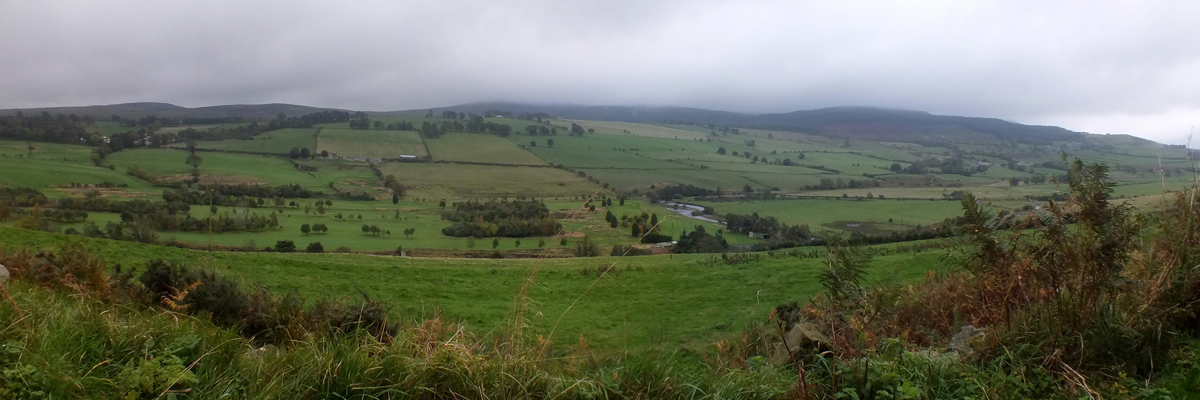 |
Coquetdale
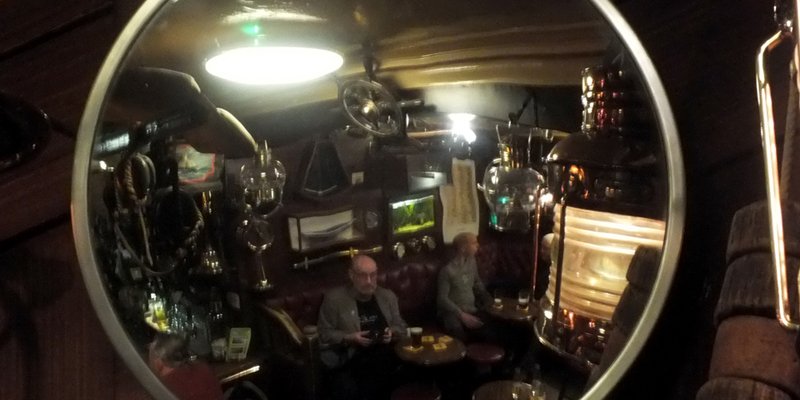 |
The Olde Ship, Seahouses
Next
| October | November |
| S | M | T | W | T | F | S |
| 4 | 5 | |||||
| 6 | 7 | 8 | 9 | 10 | 11 | 12 |
| 13 | 14 | 15 | 16 | 17 | 18 | 19 |
| 20 | 21 | 22 | 23 | 24 | 25 | 26 |
| 27 | 28 | 29 | 30 | 31 | 1 | 2 |
| 3 | 4 | 5 | 6 |
The North Atlantic Arc Home

Mr Tattie Heid's Mileage
Results may vary